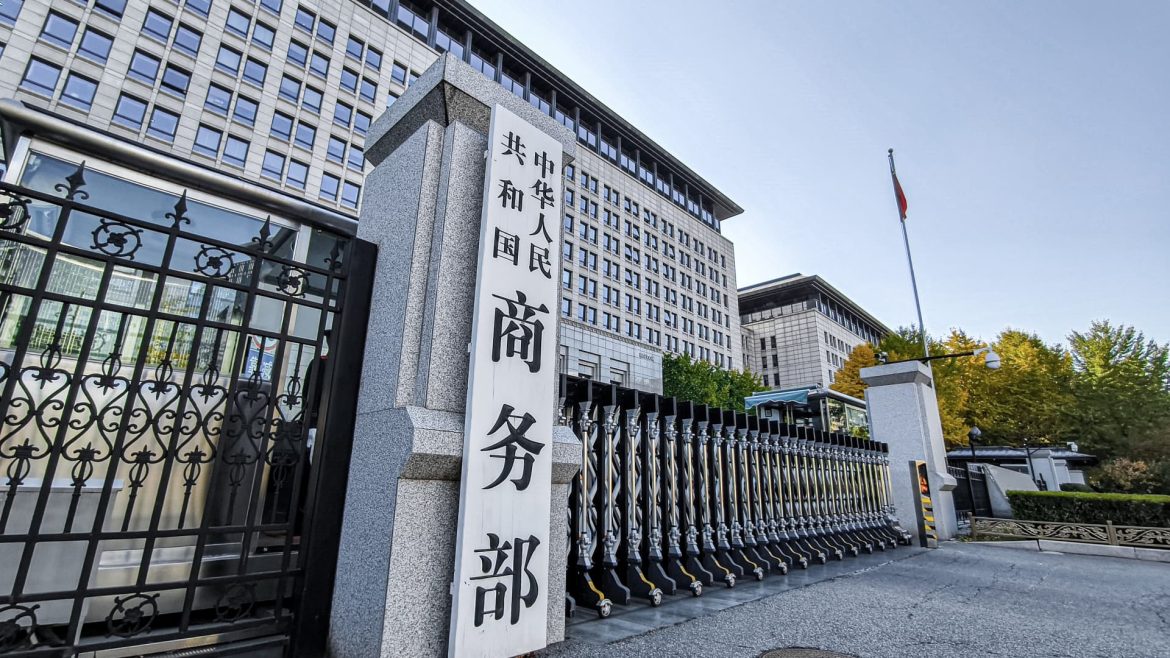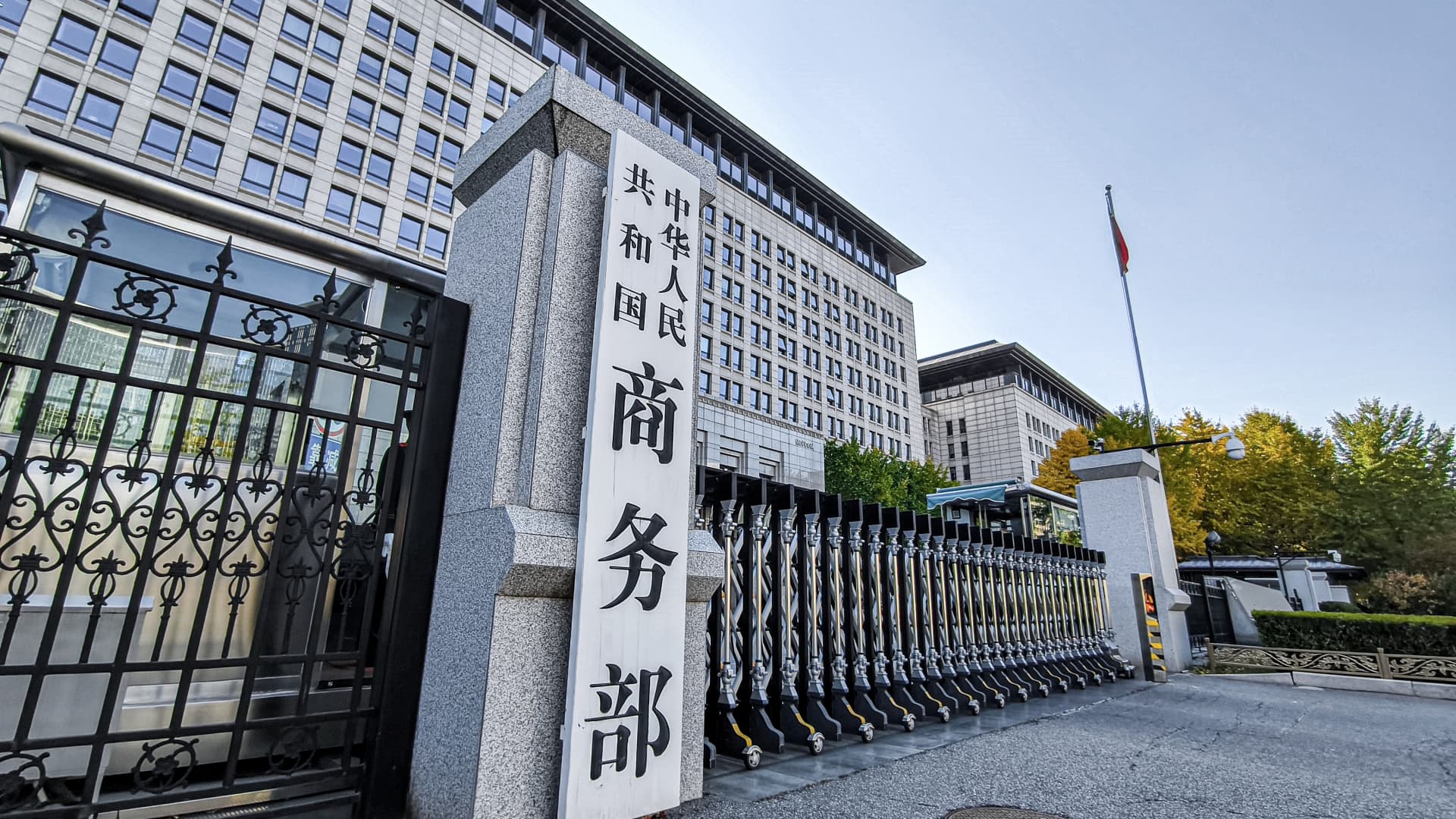The recent series of high-level talks between the United States and China, culminating in a newly forged trade framework agreement, marks a significant moment in the ongoing saga of one of the world’s most consequential economic relationships. Following two days of intense negotiations in London, both nations have agreed on a structured pathway to ease trade tensions, particularly focusing on resolving disputes that had previously escalated fears of a full-blown trade war. The developments not only signal a de-escalation of hostilities but also pave the way for a more stable and cooperative economic environment between the world’s two largest economies.
The Background and Importance of the Agreement
Over recent years, US-China relations have been strained by a myriad of trade disputes, including tariffs, export controls, and disagreements over technology exchange and intellectual property rights. These conflicts have had ripple effects on global markets, disrupting supply chains and increasing uncertainty for multinational companies. The agreement reached in London aims to address several core issues:
– Easing export controls, especially concerning rare earth minerals and advanced semiconductor technologies, which are critical in many high-tech industries.
– Formalizing a trade truce that removes certain tariffs and restrictive measures both ways.
– Establishing a joint framework to resolve ongoing and future trade disputes without resorting to escalating tariffs or sanctions.
The deal represents a milestone after prolonged negotiations, underscoring the mutual recognition that cooperation is more beneficial than confrontation.
Key Components of the Framework
The trade framework agreed upon has several vital elements designed to restore balance and trust:
1. Export Restrictions and Rare Earths
China agreed to lift export restrictions on rare earth minerals—substances essential for manufacturing high-tech products ranging from smartphones to electric vehicles. Previously, China’s export controls, including steep levies, threatened to choke US supply chains for crucial components. The US, reciprocally, pledged to ease limits on certain Chinese exports, creating reciprocal benefits in trade flows.
2. Tariff Reductions and Removal of Restrictive Measures
Both sides committed to removing some of the tariffs and other trade barriers that had been imposed during the height of tensions. This mutual rollback is intended to reinvigorate bilateral trade volumes, lower costs for consumers and industries alike, and stimulate economic growth on both sides.
3. Implementation and Dispute Resolution Framework
Recognizing the challenges of enforcement, the agreement introduced a mechanism for ongoing dialogue and dispute resolution. This Geneva-based consensus framework sets out structured talks and enforcement procedures to prevent disagreements from escalating in the future, promoting transparency and predictability.
4. Technology and Intellectual Property
While details remain more guarded, the framework includes provisions for China to improve protections for intellectual property, addressing long-standing US concerns about forced technology transfers and patent rights infringements. This dimension is critical for US companies operating in China, particularly in sectors like semiconductors and software.
Economic and Geopolitical Implications
The deal sends a clear message that despite underlying strategic rivalries, the US and China acknowledge their deep economic interdependence. By establishing a cooperative trade framework, both countries aim to mitigate the risks of economic decoupling, which would be costly on a global scale.
Global Markets and Supply Chains
This agreement is expected to stabilize global markets that had been volatile due to uncertainty over US-China trade relations. It eases fears of supply-chain disruptions, especially in technology sectors reliant on rare earth elements and advanced components, encouraging investor confidence and business planning.
Geopolitical Stability
The diplomatic tone of the talks indicates a willingness to engage constructively, which may ripple into other areas of US-China relations. While not a panacea, the trade truce reduces one avenue of friction and leaves room for diplomacy on more sensitive issues like human rights and military competition.
Industry Impact
Industries on both sides stand to benefit from the reduction of tariffs and clearer rules. US tech firms, automotive manufacturers, and agricultural exporters will find improved market access, while Chinese exporters gain steadier demand from the US market. This mutual opening can boost innovation and competitiveness.
Challenges and Uncertainties Ahead
While the framework offers a promising path forward, several challenges remain:
– Verification and Compliance: Ensuring both sides uphold their commitments will be critical. Past agreements have faltered due to enforcement issues or ambiguous standards.
– Broader Strategic Rivalry: Trade is just one facet of US-China relations. Issues like Taiwan, cybersecurity, and military posturing remain contentious and could impact economic ties.
– Domestic Political Pressures: Both governments face internal constituencies wary of compromises, which could influence how robustly the agreement is implemented.
– Details yet to be Finalized: Many specifics, particularly on technology transfer and intellectual property protections, remain to be clarified, requiring ongoing negotiations.
Conclusion: A Tentative but Hopeful Step Toward Economic Stability
The recent US-China trade framework agreement, reached after intense talks in London, embodies a rare moment of cooperation amid competition. By addressing export controls, tariffs, and dispute resolution, the deal aims to reset a damaged economic relationship and restore predictability. For businesses, markets, and policymakers, this represents an opportunity to move beyond escalation toward a more stable, rules-based engagement.
Yet, while the framework lays groundwork for progress, it is not without its complexities and unresolved issues. The real test will lie in consistent implementation, continued dialogue, and the ability to manage broader geopolitical tensions that frame this economic narrative. If successful, the agreement could serve as a model for navigating economic rivalry in a globalized era, balancing national interests with the mutual benefits of cooperation.





